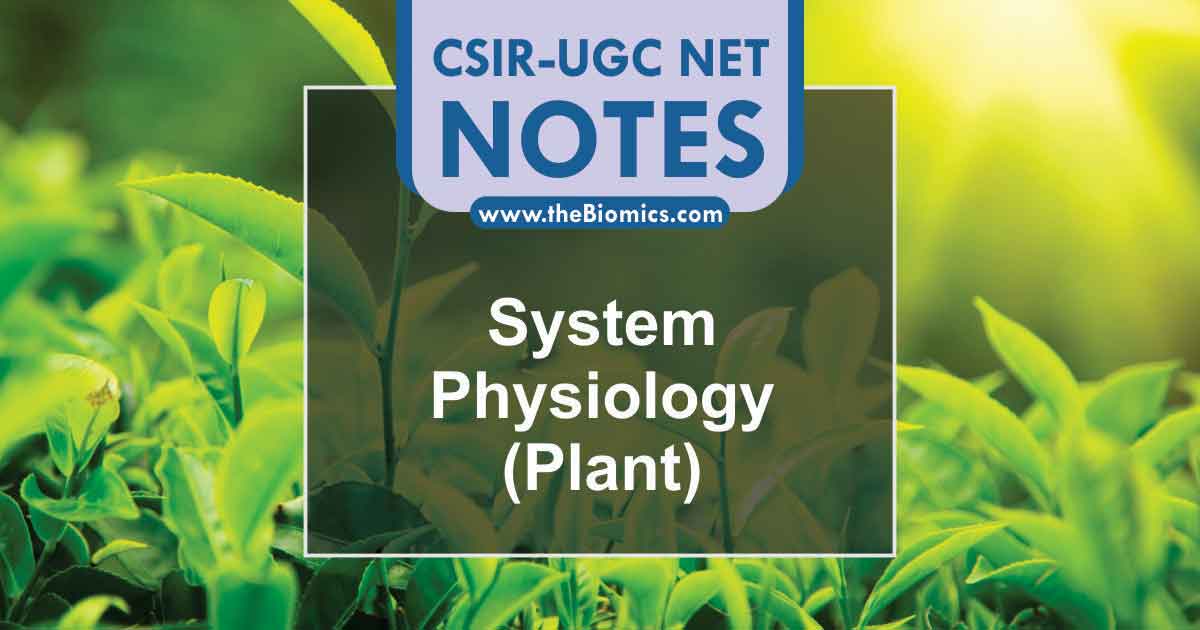
Unit 6- System Physiology – Plant
Topics
- Photosynthesis
- Light harvesting complexes
- Mechanisms of electron transport
- Photoprotective mechanisms
- CO2 fixation
- C3pathway
- C4 pathway
- CAM pathway
- Respiration and photorespiration
- Citric acid cycle
- Plant mitochondrial electron transport
- ATP synthesis
- Alternate oxidase
- Photorespiratory pathway
- Nitrogen metabolism
- Nitrate and ammonium assimilation
- Amino acid biosynthesis
- Plant hormones
- Biosynthesis, storage, breakdown and transport
- Physiological effects
- Mechanisms of action
- Sensory photobiology
- Structure, function and mechanisms of action of
- Phytochromes
- Cryptochromes
- Phototropins
- Stomatal movement
- Photoperiodism
- Biological clocks
- Structure, function and mechanisms of action of
- Solute transport and photoassimilate translocation
- Uptake, transport and translocation of water, ions, solutes and macromolecules from soil, through cells, across membranes, through xylem and phloem;
- Transpiration
- Mechanisms of loading and unloading of photoassimilates.
- Secondary metabolites
- Biosynthesis and roles of
- Terpenes
- Phenols
- Nitrogenous compounds
- Biosynthesis and roles of
- Stress physiology
- Responses of plants to
- Biotic (pathogen and insects) stress
- Abiotic (water, temperature and salt) stress
- Mechanisms of resistance to
- Biotic stress
- Tolerance to abiotic stress
- Responses of plants to
Heterotrophic Nutrition In Plants
Plants can make their own food therefore plants are autotrophic. Whereas animals cannot make their food, and dependent on plants to derive nutrition, hence animals are known as heterotrophs. But the question arises if all plants are autotrophic?
